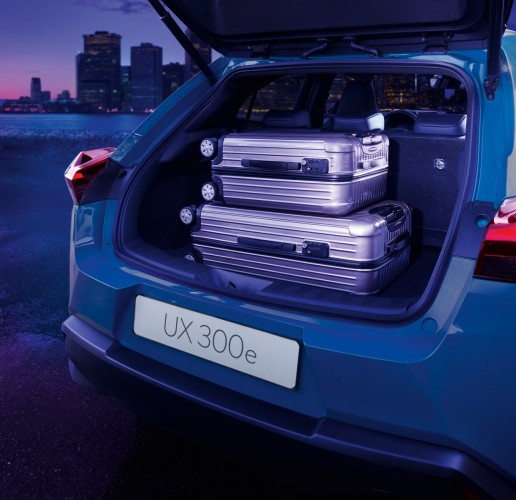Regarding electric propulsion, they’re far ahead of everyone.
That's not true. Most EV solutions providers have roughly the same level of sophistication when it comes to the drive unit. The power output level all depends on client needs. In fact from a sustainability POV Toyota uses the least amount of REE. China could decide to go for a REE embargo against USA any day now, guess which EV maker suffers the most when that happens?
For example, battery energy density, UX300e has something around 160Wh/kg when a Tesla gets around 250Wh/kg.
~160Wh/kg is
pack-level specific power. That is including the enclosure, wiring, TMS, and BMS. This is a very reasonable number for air-cooled NCM622 packs.
250Wh/kg is
cell-level specific power. That's just the specific power a single cell. Tesla's packaging is quite efficient but they are still barely above 200Wh/kg.
Having the most energy dense chemistry does not suddenly mean 'more advanced'. Because every chemistry switch, from LTA to LFP, from LFP to NCM433, from NCM433 to 523, from 523 to 622, from 622 to 811, and now from 811 to 9.5.5 come at a risk for safety and durability. It's not a question of 'whether you can', it's 'whether you want'. There's a very good reason China's vast electric bus and taxicab fleet still use the 'outdated' LFP chemistry.
Panasonic/Tesla's chemistry advantage against their biggest competitors, CATL and LG Chem, is minimal at this point. It's roughly 6 months instead of 18-24 months like in 2016.
Remember there is no free lunch in the EV industry. Spec sheets don't tell the whole story. Every shiny data point on that piece of paper comes at a price, and I mean not only a monetary one. We are at a point that EV solutions are so homogeneous that competitiveness in product specs could only be gained by taking more risks.




